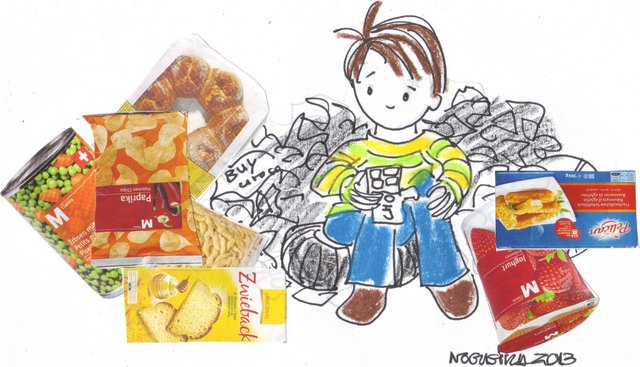The High Cost of Food Wastage
The Food and Agriculture Organisation of the United Nations (FAO) reported this year that food wastage has reached a staggering 1.3 billion tonnes of food per year. This is the first study that documents the impact of global food wastage on climate, water and land use, as well as on biodiversity.
One third of all the food produced in the world is lost or wasted because of inappropriate practices, yet every day over 870 million people go hungry. In some countries where food prices have increased dramatically, families have to consciously choose one day a week when they cannot eat.
Each year the food that is produced but not eaten costs a volume of water equivalent to the annual flow of the Volga River and adds 3.3 billion tonnes of greenhouse gases to the atmosphere.
The economic cost is about $750 billion annually.
Where is the wastage?
54% of wastage occurs during production, post-harvest handling and storage. Developing countries suffer more food losses at this level.
46% of wastage happens at the processing, distribution and consumption stages. Middle- and high-income regions figure mainly at this level. The later a food product is lost along the chain, the greater the environmental consequences because of the costs incurred during processing, transport, storage and cooking.
You can download a PDF of the FAO’s recent report Food Wastage Footprint, as well as a toolkit (when you click over to that site, look for links to the PDF documents on the right side of the page) that provides measures for reducing food wastage at all levels.
High priority is given to improving losses of crops on farms due to poor practices. When, however, there is a food surplus, it is deemed best to donate extra food to feed vulnerable members of society or to divert it for livestock feed, thus conserving resources that would otherwise be used to produce commercial animal foodstuffs.
Furthermore, uneaten food that ends up rotting in landfills is a large producer of methane. Before scraping dishes into the rubbish bin or trashcan, consider what this costs the environment. For the sake of the future, let us buy carefully, and cook only what we can eat.
By Joanna Koch
Joanna Koch is a long-time Mothering Matters team member and represents the Associated Country Women of the World at the U.N. in Geneva.
Illustration by Albina Nogueira
Albina Nogueira has been a primary school teacher since 1992, and a writer and illustrator since 2006. She currently lives in Switzerland, but her homeland is Portugal. She is also the author of Letters to Grandparents and Hairdresser. To find out more: like her on Facebook or see her books in Amazon.





Great article Joanna highlighting food wastage world wide. Thought you might be interested in a new shop in the Niederdorf in Zurich called Äss-Bar which is tackling food wastage from confectioners and bakeries in Zurich. Here is an article all about it: http://wp.me/p39mMD-3co
Christina